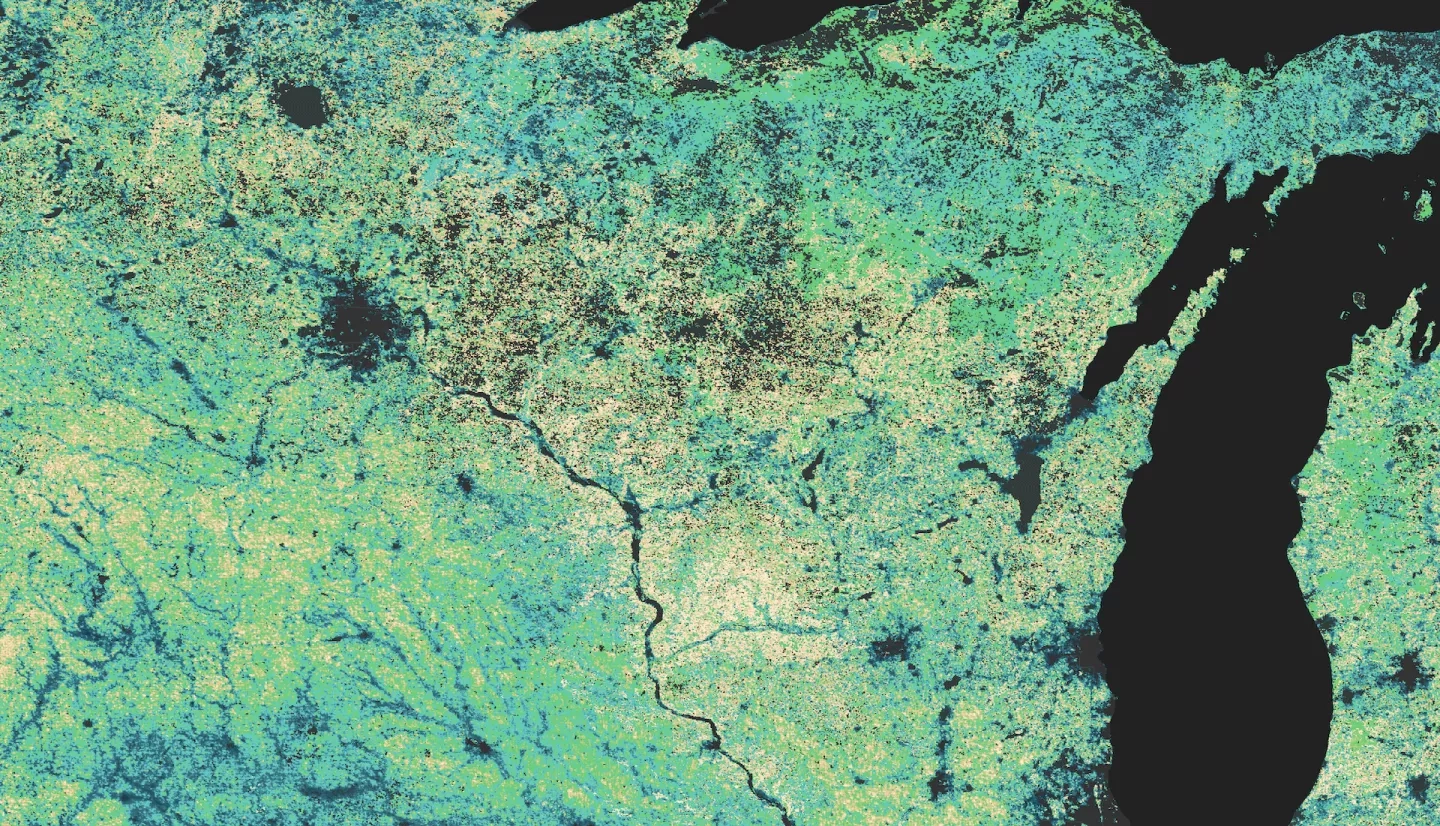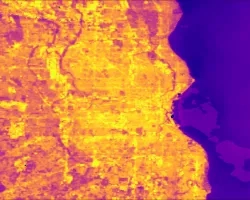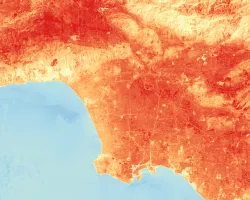Midwest Water Resources II (Spring 2022)
Team: Addison Pletcher (Project Lead), Alec Solberg, Erin Shives, Max Rock
Summary: Seasonal water variability in the midwestern United States extensively affects the agricultural community, as it impacts irrigation schedules, growing seasons, and overall ecosystem function. Evapotranspiration (ET) is a critical climatic variable in the water cycle and is used to evaluate spatiotemporal trends in drought and flood conditions. The NASA DEVELOP team partnered with the United States Department of Agriculture (USDA) Midwest Climate Hub, the Minnesota Department of Agriculture, the Illinois State Water Survey, and Michigan State University to compare remotely sensed ET products with in situ observations from January 2001 through December 2020. Remotely sensed actual ET (aET) data were sourced from NASA’s Terra Moderate Resolution Imaging Spectroradiometer (MODIS), and reference ET (refET) data were derived from the Gridded Surface Meteorological (gridMET) dataset. For in situ comparison, aET data were downloaded from the AmeriFlux database while refET data were collected from the Illinois Climate Network and Michigan State University’s Enviro-weather database. For a holistic assessment of ET, this project generated comparisons between remotely sensed and in situ observations, calculated descriptive statistics for validation between refET datasets, and spatially produced statistical validation maps regarding in situ sites. The temporal and spatial gaps of AmeriFlux data-limited aET analysis. This comparative assessment of ET products across the Midwest can be used by project partners to assess regional water trends and guide future land management decisions.



